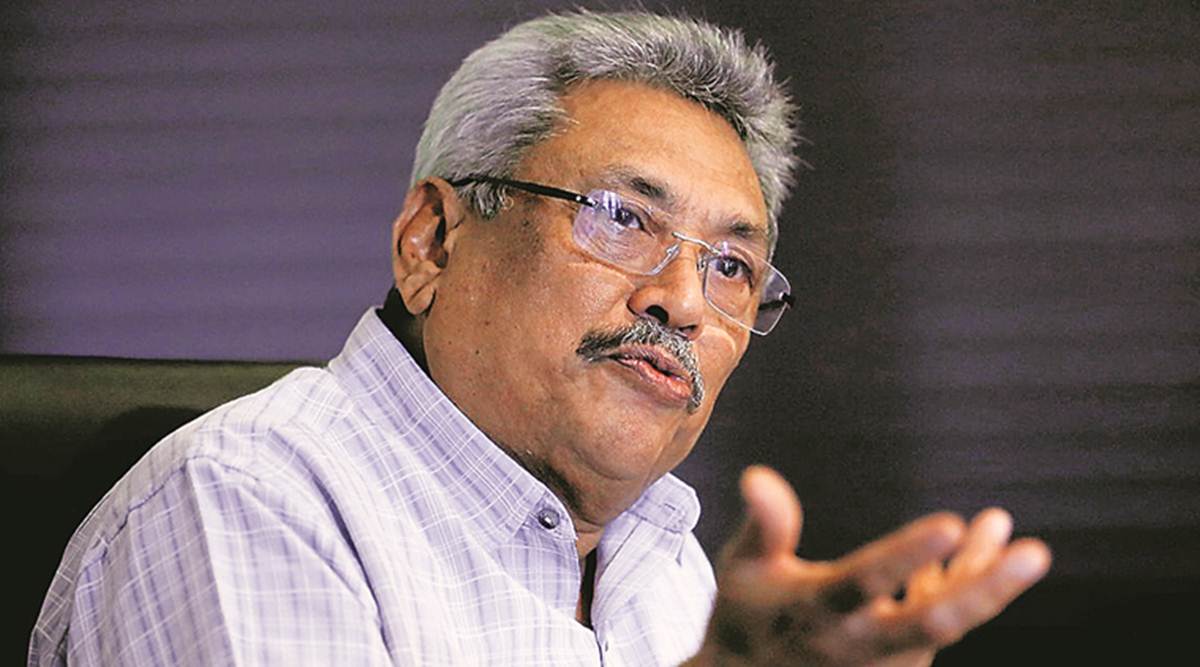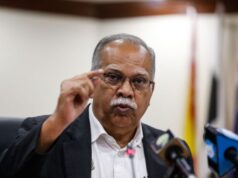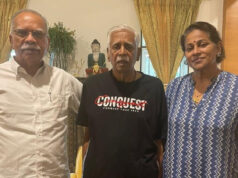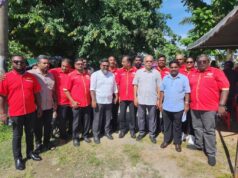
COMMENT BY YB PROF DR P.RAMASAMY, DEPUTY CHIEF MINISTER II, PENANG
Using ethnic nationalism to defeat a similar ethnic Tamil nationalism manifested in the form of the LTTE was possible with the support of more than 20 countries.
However, Sri Lanka went too far with this model of governance in administering the country. What was good for politics was not necessarily good for economics.
While Sinhala ethnic nationalism was able to defeat the Tamil forces, the methodology of ethnic was not transferable to the economic management of the country.
The family that ran Sri Lanka as though it was their personal property was the Rajapakse clan.
In the last few decades of so, the brothers and relatives of the present president Gothabaya Rajapakse ran the important ministeries and government departments.
The former president Mahinda, before his resignation, the prime minister, Basil, the finance minister and many others held important top government positions.
It was under Mahinda when he was the president and his younger brother, the defence secretary, Gothabaya, the LTTE was defeated.
More than hundred thousand people lost their lives, mostly Tamils in the north and east of the country.
In the aftermath of the war, emboldened by the victory of Sinhala Buddhist nationalism, the government refused to investigate allegations of war crimes and serious violations of human rights of Tamils.
The defeat of the LTTE was the reason for the rise in the popularity of the Rajapakse family in general and Mahinda and Gothabaya brothers in particular.
However, success in the war was unfortunately not translated in the good governance of the country.
Over the period from the defeat of the LTTE until the present, the economy gradually deteriorated to the extent, once the popular Rajapakse family became much hated and and despised.
The drastic reduction in the reserves of the country from over US400 billion to US2 billion was something financially devastating.
More than this, currency devaluation, heavy debts to China for infrastructure projects, the cancellation of chemical fertilisers, lack of fuel for power generation and the shortage of essential food supply brought the residents to the streets.
The Rajapakse family was condemned for being responsible for the economic and financial mess. Within a matter of 13 years, the Rajapakse’s family once glorified for the defeat of the LTTE, was reduced to nothing.
Riot police and troops had to prevent the angry crowd from scaling the walls of the presidential residence, the home of Gothabaya.
The Sri Lankan cabinet unable to resolve basic issues of bread and butter, had to go.
How the country is going to be administered from now on remains to be seen. To what extent the IMF can rescue Sri Lanka from its own inflicted wounds is difficult to predict.
The fact that Sri Lanka sought to avoid the IMF by going for assistance from China might be damper on the degree of Western assistance to Sri Lanka.
India might allow some credit assistance to Sri Lanka, but the latter’s indebtedness to China might be problem from geopolitical angle.
Somewhere in the 1970s, an American academic made a comparison between Sri Lanka and Malaysia. He concluded by saying that the former had a great promise but not the latter.
It is not that Malaysia has to learn from Sri Lanka as how to push forward in development, but the other way around, how to avoid the situation that has brought Sri Lanka to its knees.
It is just not Sri Lanka, there are so many other examples of countries going down as fast as they came up by reliance on extreme ethnic and religious nationalism.











